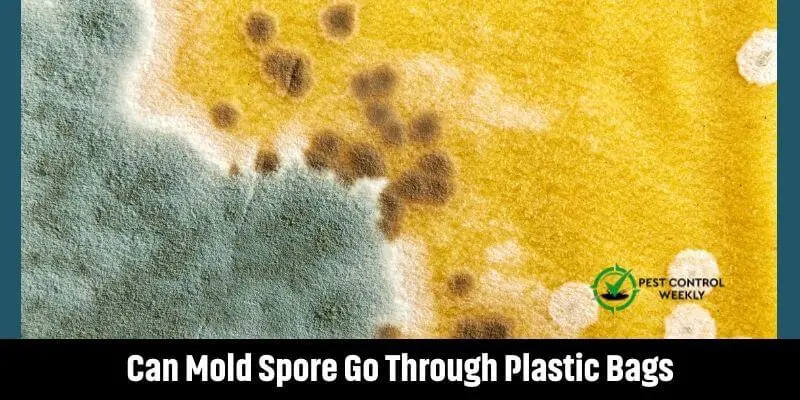Plastic is typically tricky for mold spores to break down. A mold spore is a general term that refers to many different species. Mold spores need a few things to live and thrive in any environment, and they can survive in the weirdest settings. Now the question can mold spores go through plastic bags?
Yes, mold spores can indeed grow on plastic under the appropriate circumstances. Plastic has various additives, such as plasticizers, cellulose, lubricants, stabilizers, and colorants, to aid provide desired properties, and these chemicals ARE relatively easy for mold spores to break down.
Read the complete article for a more thorough explanation of how mold spores can develop on plastic.
Mold Spores
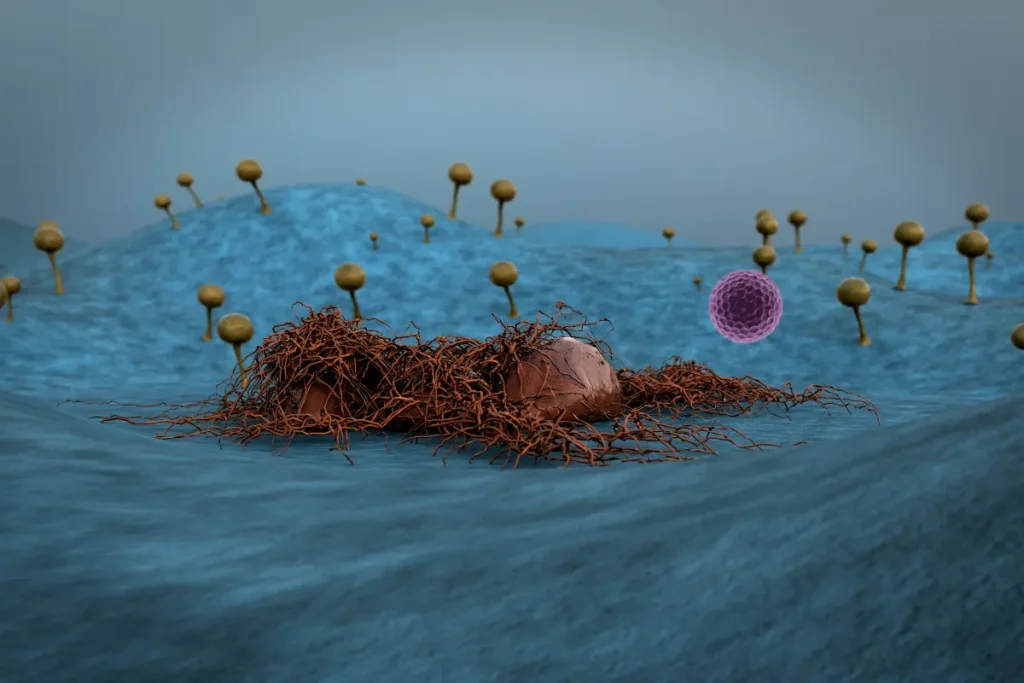
Mold spore spores are a standard component of the environment. Mold spore spores are a natural component of the climate outside, helping to decompose and decay dead organic waste like falling leaves and dead trees, but indoor mold spore growth is to be avoided.
Mold spore spores proliferate by dispersing microscopic spores, which are airborne and undetectable to the naked eye and can be seen under an electron microscope.
When mold spore spores touch damp surfaces, mold spore growth may start. The wide varieties of mold spores cannot grow without moisture or water.
There will always be mold spore spores in the air and household dust. Thus it is difficult to eradicate mold spore and spore spores indoors wholly.
Without moisture, the mold spore spores cannot increase. Controlling indoor humidity can and should stop or slow the growth of indoor mold spores.
Three Favorable Conditions Needed For Mold Spores To Grow On Plastic
Mold spore needs food, water, and air to grow on plastic. Additionally, it needs a climate where it can survive.
Most mold spore spores are unable to develop below 40° F. For this reason, food is usually chilled around 39° F.77°-86° F is the ideal range for mold spore growth, especially if humid air.
Mold spore spores prefer moist, humid environments because they need water to thrive and spread. To develop and apply, mold spores can get moisture through water leaks, flooding, excessive humidity, condensation, and other sources.
Mold spore spores require oxygen to survive. They must therefore have access to oxygen to survive. However, mold spores may thrive in environments with deficient oxygen levels in plastic bags, making it challenging to prevent mold spore growth by reducing oxygen levels.
Mold spore can consume a lot of elements, which is how it grows. It is impossible to eradicate all mold spore food sources from your environment because it can digest almost any organic carbon-containing material in nature.
How Fast Does Mold Spore Grow On Plastic?
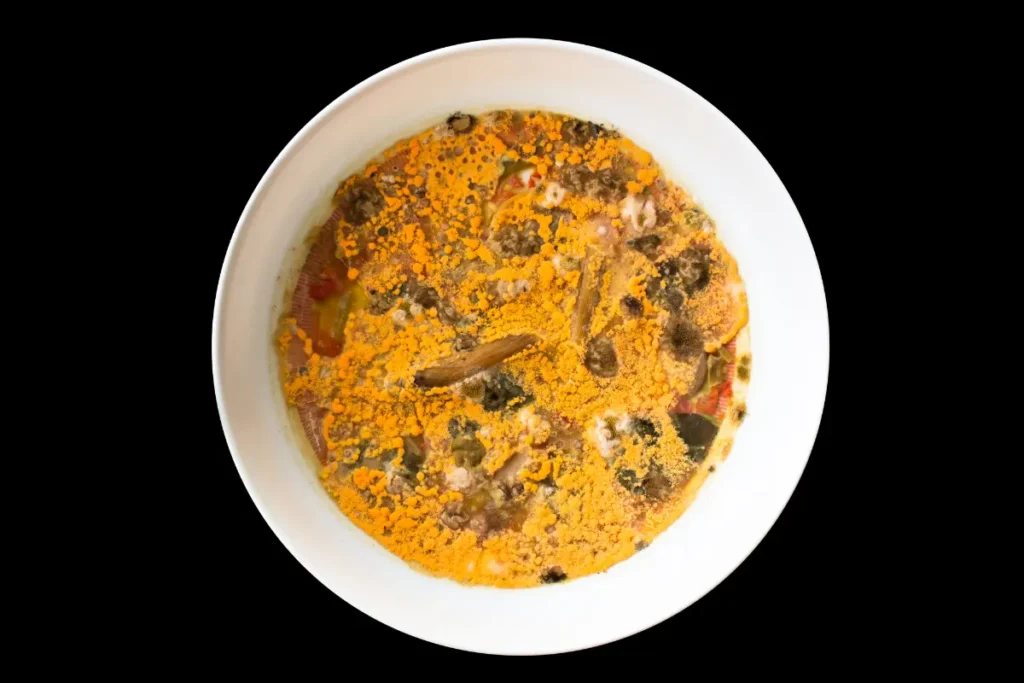
Mold spores may develop in plastic in as little as 24 to 48 hours if all the necessary factors are present, such as dirt and excessive moisture on the plastic’s surface, as well as a porous design.
Mold spores will typically not colonies, multiplying to cover a broad surface area since plastic, once more, does not give the proper development circumstances.
However, mold spores can still germinate and produce gases and even toxins. To prevent mold spore formation, keep all plastic items dry and clean.
Many other elements also influence the rate mold spores spread on plastic. Mold spores may develop faster than if the plastic object were placed outside, close to the sun, in clear air, or on a bath mat in a windowless bathroom.
Can Mold Spores Go Through Ziploc Bags?
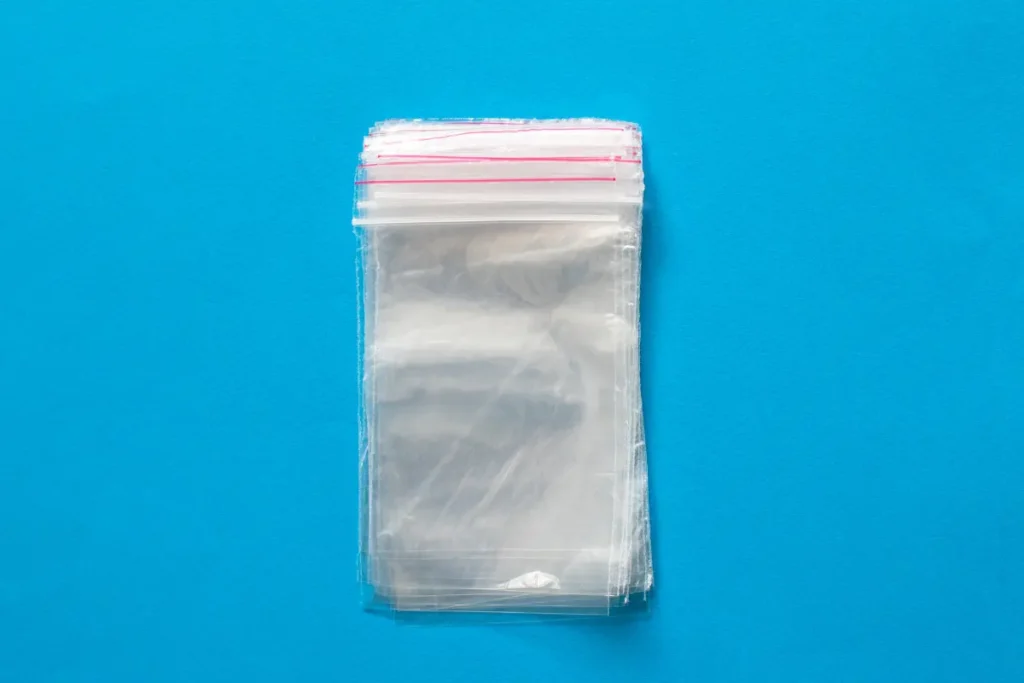
Yes, mold spores go through Ziploc bags. While Ziploc bags can keep food fresher for longer, they cannot prevent mold spores from growing because the food already contains mold spore spores.
Only Ziploc bags can help maintain freshness. Safe food handling protocols should always be followed, no matter what kind of bag or container food is stored in.
Kitchens all over the world rely on Ziploc brand bags daily. The most common size is a sandwich bag, though they exist in other sizes for varied requirements. A closure on Ziploc bags that resembles a zipper prevents air from escaping and contaminating the food inside.
Foods that are susceptible to mold spores, like bread, can last longer if properly wrapped in a Ziploc bag. Since mold spore needs oxygen to grow, the more air taken out of the bag, the less probable mold spore will develop.
Can Mold Spore Spread From Item To Item?
Yes, Mold spore spores can spread from item to item. This is known as cross-contamination. Because people exposed to harmful mold spores might cross-contaminate their dwellings, cross-contamination is a crucial subject.
Mold spores can spread from one item to another if you move mold spore-contaminated personal goods from one home to another or pick up toxins from contaminated buildings and carry them on your body and hair.
Mold spore particulates are easily dispersed throughout the building due to their small size, weight, air currents, and vibrations. The fungus mold spore can spread to any surface and cling to skin, hair, and clothing due to routine daily activities. This includes domestic goods, furniture, electronics, clothing, and other valuables.
Can Mold Spores Grow In A Vacuum-Sealed Bag?
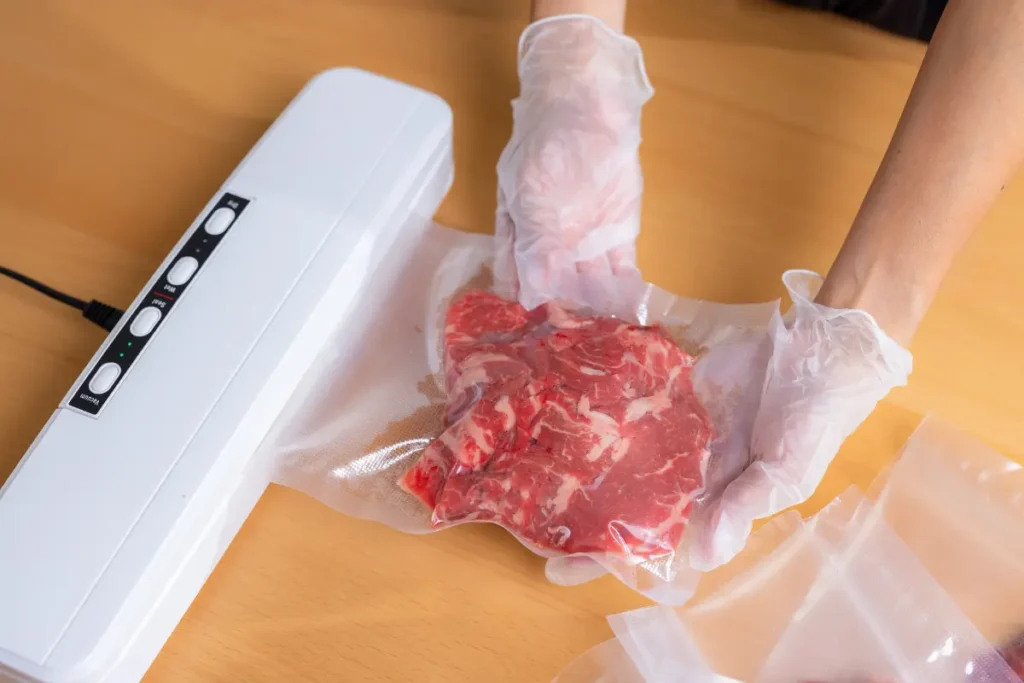
No, Mold spores cannot grow in a vacuum-sealed bag. Food is preserved using vacuum sealers to stop the development of bacteria or spore mold spores. Food is oxygen-deprived when vacuum sealed.
Without oxygen, mold spores and bacteria cannot flourish. All air is kept out of vacuum-sealed bags, which stops your food, liquids, and clothing from getting the required ventilation. In some cases, especially if someone lives in a location with a lot of moisture in the air, this can result in mold spores forming in the bags.
The airtight atmosphere that vacuum sealing creates for food keeps the crystals that cause freezer burn from growing on it. People may enjoy food that tastes good months after they store it because vacuum sealing preserves its moisture for a long time.
How Do You Get Rid Of Mold Spores On Plastic?
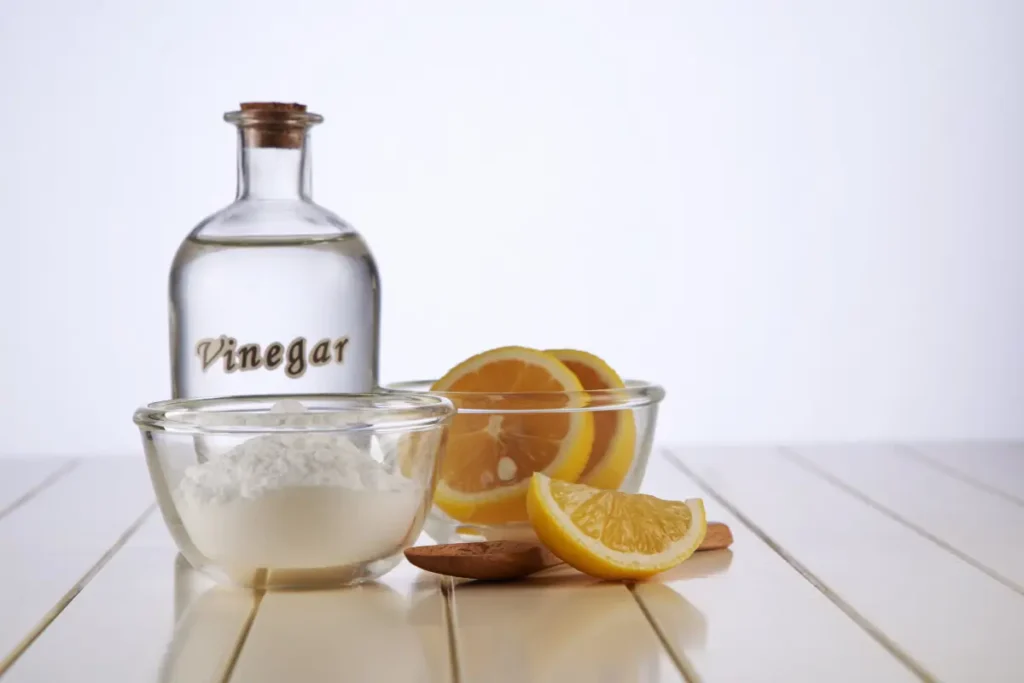
When there is too much moisture present, mold spore grows. Some mold spore species may survive with just 1% relative humidity. Use the following way to get rid of mold spores on plastic:
- Twenty parts of warm water should be mixed with one piece of distilled white vinegar (12 cups per gallon of water).
- The plastic material should be submerged in the vinegar mixture.
- Give it an hour to sit.
- Rinse the item well after squeezing out any extra water.
- Let it entirely air dry.
Conclusion
On plastic, mold spores can develop in the right conditions. On plastic, mold spore needs food, water, and oxygen to grow. It also requires a climate that will allow it to survive.
If all the necessary conditions are met, such as the presence of filth and excessive moisture on the plastic’s surface, as well as a porous design, mold spore may begin to develop in plastic in as little as 24 to 48 hours.
To help it achieve desirable qualities, plastic contains a variety of additives, including plasticizers, cellulose, lubricants, stabilizers, and colorants. These compounds ARE elementary for mold spores to degrade.
Mold spores spread by releasing minute spores into the air that are invisible to the naked eye but visible under an electron microscope. Mold spore growth may begin internally when mold spores contact wet surfaces. Mold spores of any kind cannot develop in the absence of moisture or water.
References
Park, J.H., Ryu, S.H., Lee, J.Y. et al. Airborne fungal spores and invasive aspergillosis in hematologic units in a tertiary hospital during construction: a prospective cohort study. Antimicrob Resist Infect Control 8, 88 (2019)
Research of mold cooling process optimization for production of expanded polystyrene with the application of experimental measurements on the test form
